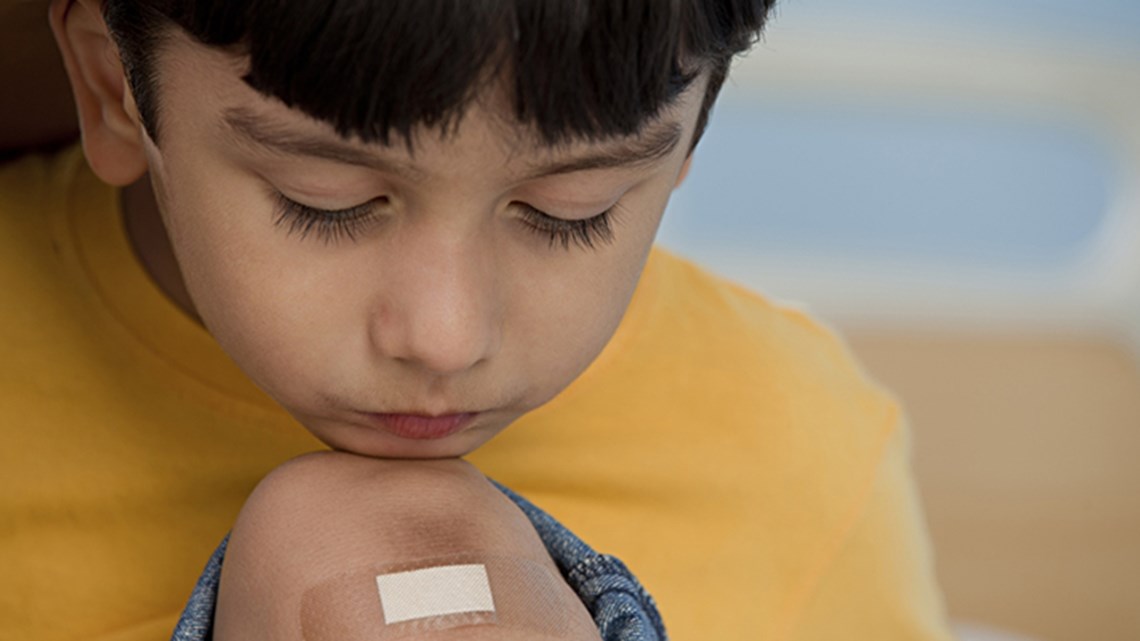First aid and wound care
Simple first aid to help kill germs and help stop wound infections
A child’s first steps are followed by every parent’s worst nightmare, the first fall and all the other falls that follow. Even as adults, the occasional cut and graze is but part and parcel of our daily lives. The knowledge of administering first-aid is thus imperative to ward off infection and hasten the healing process.
Why is first aid important?
Our skin our body’s first line of defence against germs and microbes. When you get a cut, your bloodstream is open to being breached by the very same germs. The exposed blood and tissue then becomes an ideal breeding ground for infections.
Wounds become infected when:
- Germs that usually populate the environment and our bodies enter our system through an open wound
- The wound is exposed to unwashed hands, dirt, animals or an unclean environment in general
The possibility of a wound getting infected depends on a number of factors and so does the rate of infection. Some of these factors are the type of wound, the location and depth of said wound, blood supply to the infected area, the possible presence and type of contaminant in the vicinity and the body’s immunity to infection. Some infections can be quite severe in nature and as such cannot be treated by run of the mill antibiotics (such as infections caused by MRSA). If a wound is not treated in time and gets infected, it presents a barrage of serious complications. First-aid in the form of antiseptics is therefore an absolute requirement for warding off infection and triggering the healing process
First-aid can be administered to minor wounds by adhering to the following:
- Hands must be washed with anti-bacterial soap and towel-dried thoroughly before and after being exposed to an open wound
- The wound must be cleaned under running water or with diluted antiseptic liquid
- The area around the wound must be patted dry
- The wound must not be left exposed to the elements and covered with a dressing that is regularly changed
- Good hand washing practices must be followed.
In case the wound doesn’t show signs of clotting and keeps bleeding, check for signs of infection in the form of redness and swelling and seek medical attention immediately.

